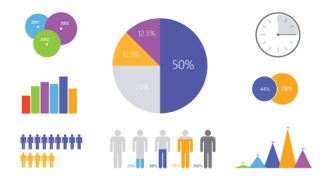In this class, I have learned many new ways to incorporate technology into the library. Through this 10 week course and going through the various assignments, I have mastered the use of technology like never before. Without having to use some of these tools, I would have never attempted to look at or try some of them. I have learned how to engage students more in learning, how to make things easier, and how to use technology to help students learn in many diverse ways. I have learned how to operate many technology tools that will become both lifetime and useful tools in helping my library to run smoothly.
 I really enjoyed learning about all the teaching tools and how to implement and use them in the library as well as the classroom. Some I have encountered before and others were totally new to me. Some of my favorites were Screencasts, Vine, Instagram, Animoto, QR Codes, and Comic and Cartoons. I guess podcasts are my least favorite because I am a visual learner. I like to see some action with what I am listening to or learning about. However, the podcast my son did for is one of my favorite podcasts, so I can also see how it could be a beneficial tool.
I really enjoyed learning about all the teaching tools and how to implement and use them in the library as well as the classroom. Some I have encountered before and others were totally new to me. Some of my favorites were Screencasts, Vine, Instagram, Animoto, QR Codes, and Comic and Cartoons. I guess podcasts are my least favorite because I am a visual learner. I like to see some action with what I am listening to or learning about. However, the podcast my son did for is one of my favorite podcasts, so I can also see how it could be a beneficial tool.I think the Instagram, Jing, Vine and Screencast assignment were the most difficult for me, but as it goes: the ones that are the most difficult turn out to be your favorite or greatest strength.
In closing, I believe that the students will benefit from all of these learning tools. I believe that to be a good librarian you need to be open to new ideas in technology. I will need to look at new tools as they become available and see what the positive use would be in the classroom and learn how to use it well so students can get the most out of learning. I have really enjoyed this class. It has been fun and rewarding. Thank you Dr. Gross and classmates.





















